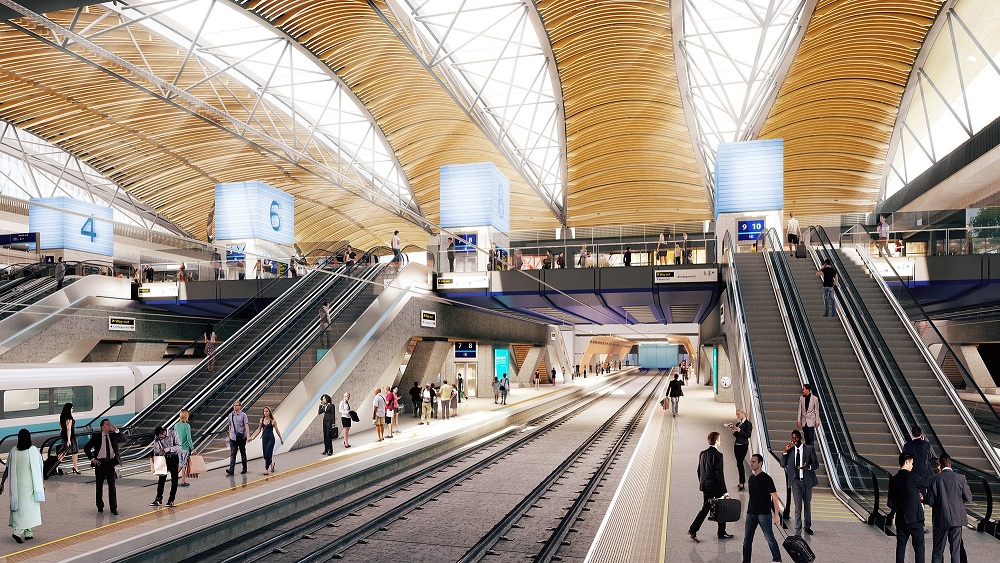An international competition has been announced between the Royal Institute of Architects (RIBA) and Network Rail to help rethink and shape the future architecture and design of small and medium-sized railway stations across the network. The railway station design competition will run in three phases this year, inviting designers, engineers and architects to come up with a brand-new range of solutions to improve the state and functionality of stations across the country to better serve passengers and the local communities they are a part of. Alongside this idea is to support targets of net zero sustainability and to deliver outstanding levels of value, at a time where the use of public transport and funding for public transport continues to come under scrutiny in a world where we all need to improve to help manage the environmental problems we are facing.
The current problem with stations across the UK is that they vary so much in quality. Quality of design, quality of function and everything else. There is a need to ensure that this quality is increased across the board to assist local communities to better interact with the stations and to help meet long-term targets of net zero sustainability.
Network Rail currently manages around 2,000 railway stations that would be classed as small to medium-sized, across Scotland, Wales and England. A Think Station report that was compiled by the Design Council concluded that there was a real need for fresh impetus in the design, development, and even the procurement of, local railway stations throughout the country. As Network Rail manages around 80% of all these types of railway stations, the contest was devised as a good way tom foster creativity and to see real progress within this area of the railways.

The head of buildings and architecture at Network Rail, Anthony Dewar, said: “I’m delighted we are hosting this competition, which gives designers a unique opportunity to leave a lasting legacy on our railway and improve the journeys of millions of passengers through quality design.”
Network Rail does seem genuinely committed to improving the quality of design within its stations, with forward-thinking and innovative designs welcomed to the contest to help improve the lives of passengers and for these oft-forgotten stations to once again become a central part of the communities that they serve. There is nothing worse for a regular commuter to suffer from poor design and functionality in railway stations, that serves to make the whole experience that much worse.
The world of architecture is always creating, looking for innovative solutions to many of the problems that we all face around the world, but also to solve smaller problems on a local level. The RIBA and Network Rail competition is an interesting one, as it focuses the attention on something that large parts of the population use and need. How many people use small and medium-sized railway stations every day? With clever design and architecture we should hopefully see a vast improvement in how these stations look, feel and function, improving the service that is delivered to passengers each day and helping to improve the communities that they serve.


Comments are closed.